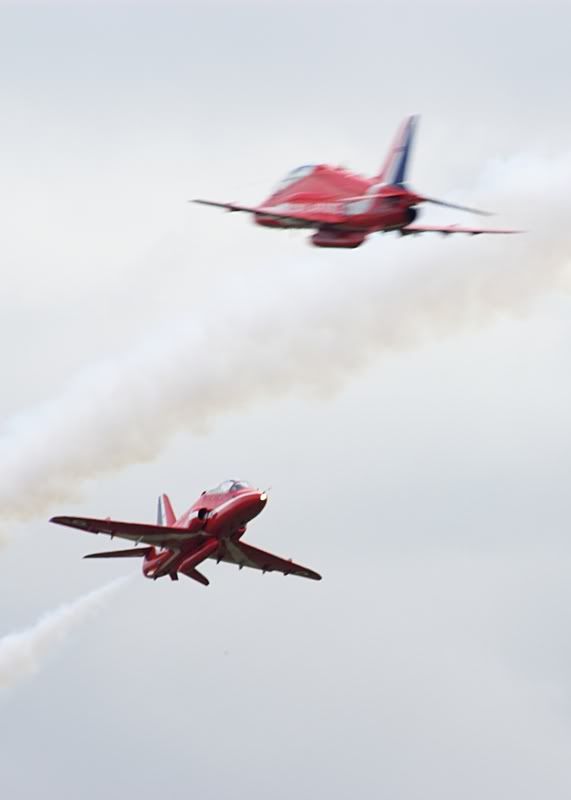the 50s have the advantage that they are a really simple design so its almost difficult to make a bad one. Plus, back then it was standard practice to provide a lens with the camera which would show off its capabilities, whereas now standard practice seems to be to try and get the add on sale by making the kit lens as rubbish as they can get away with.
As for the usefulness of long primes, I took this with my 300mm f/2.8 manual focus prime on my DSLR

hand held too, damn I love shake reduction!